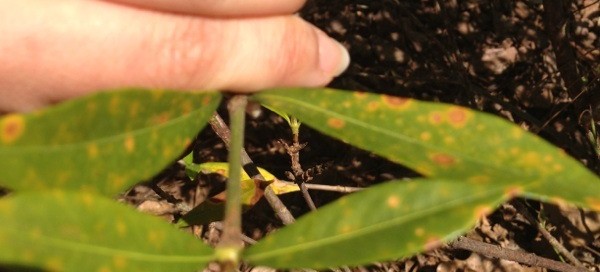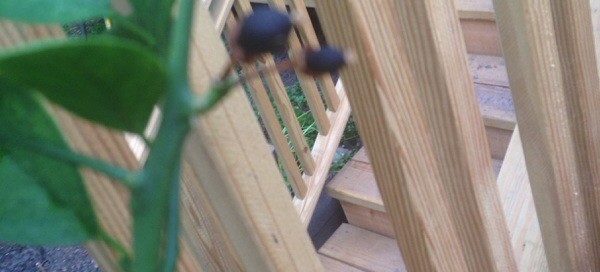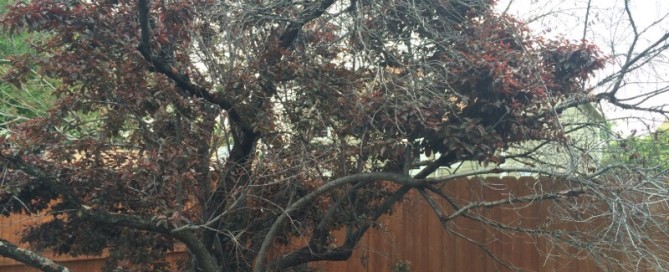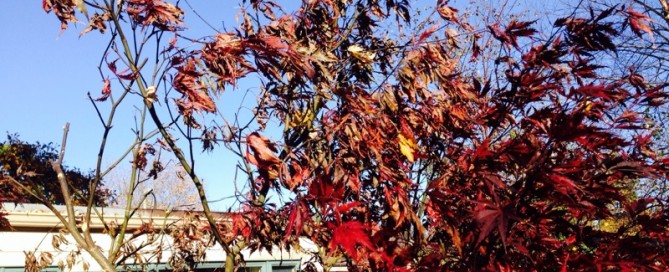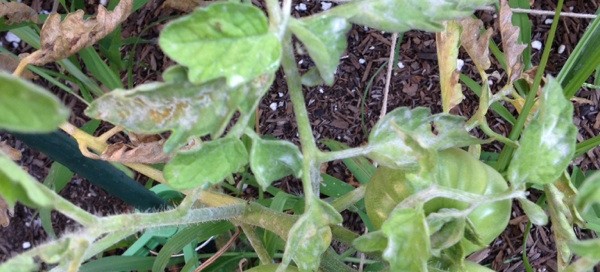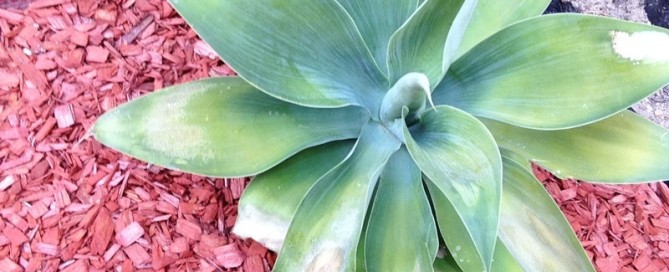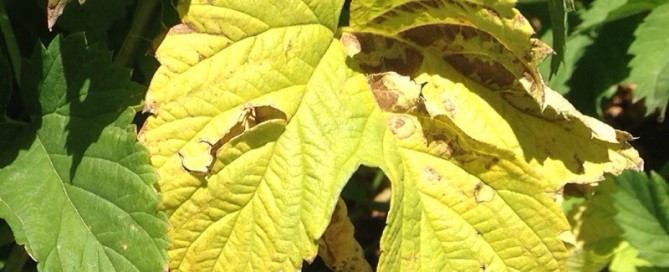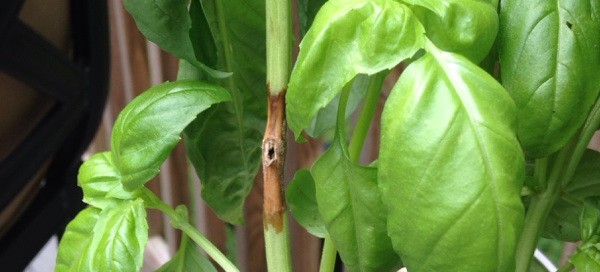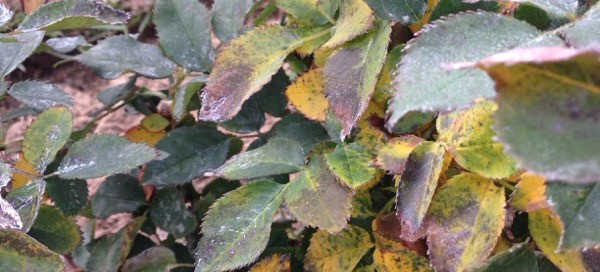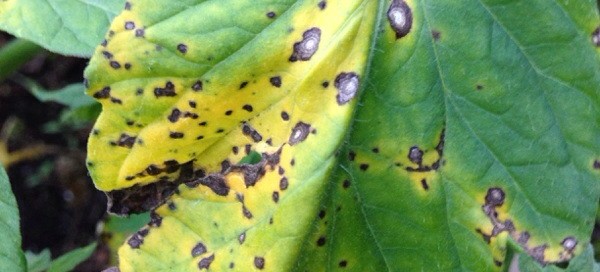Leaf Spot On Gardenia
There 2 possible causes for leaf spots on gardenias. One is Bacterial Leaf Spot which is caused by bacteria--either Pseudomonas or Xanthomonas. Bacteria causes small, round ovoid spots on young, tender leaves. As the spots enlarge, the center is at first pale yellow and later becomes reddish-brown surrounded by a yellow halo. Margins of the lesions are thickened and water-soaked in appearance. Spots may coalesce to form large, irregularly shaped spots. Severe infection may cause defoliation. To control, avoid overhead watering.
The second common problem is Leaf Spot caused by the fungi--Cercospora or Phyllosticta. These fungi cause spots of various sizes on leaves throughout the year. Spots may be small, dark-brown necrotic areas surrounded by a yellow halo. In severe cases, premature leaf drop may occur. Control is obtained by spraying with a foliar fungicide. You can cut off the affected leaves to keep the problem from spreading or you can use a fungicide on your plant to prevent the disease from spreading to new leaves.
In either case, the damage that has occurred is irreversible. You will want to remove and properly dispose of affected plant parts.
